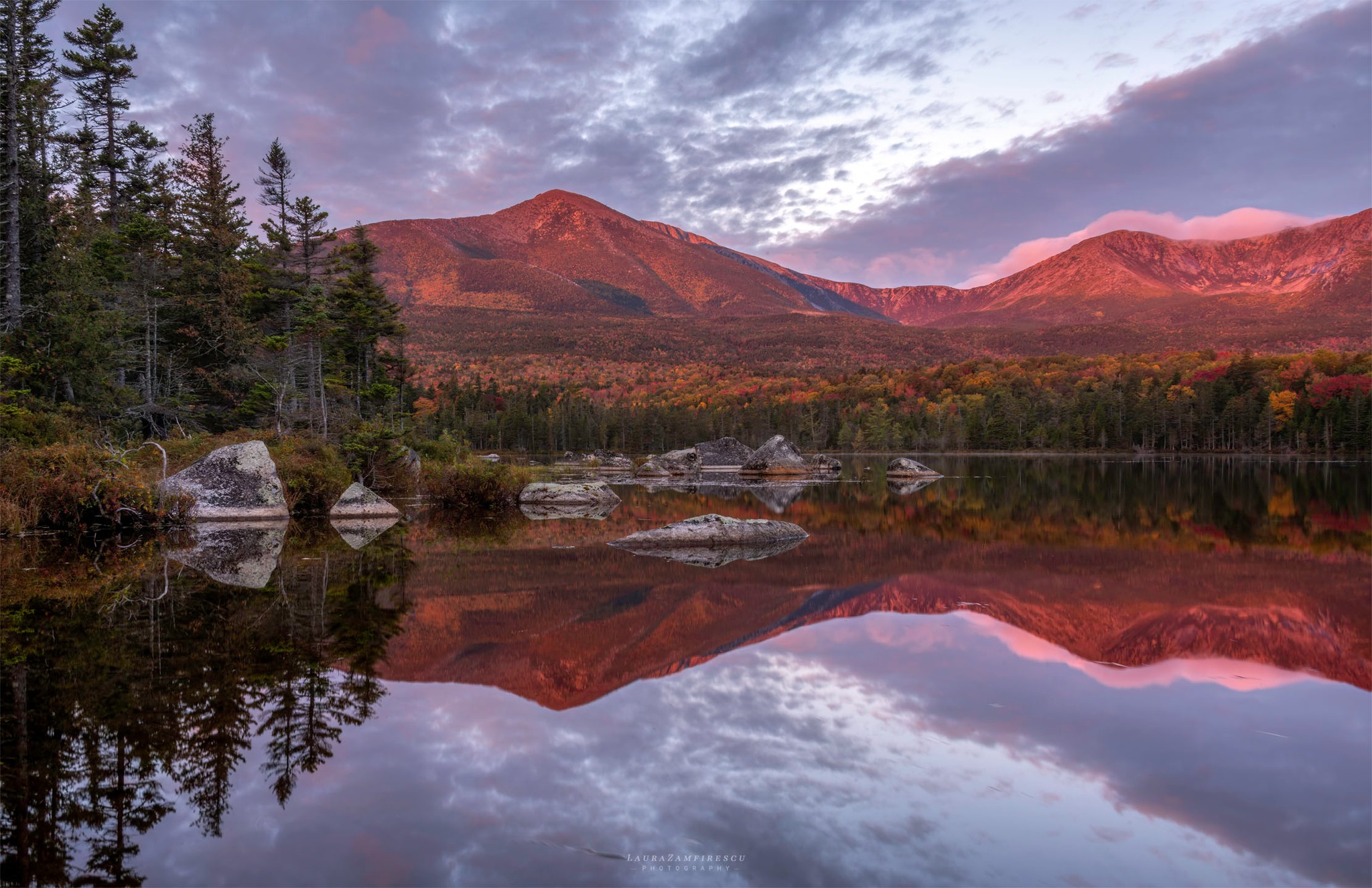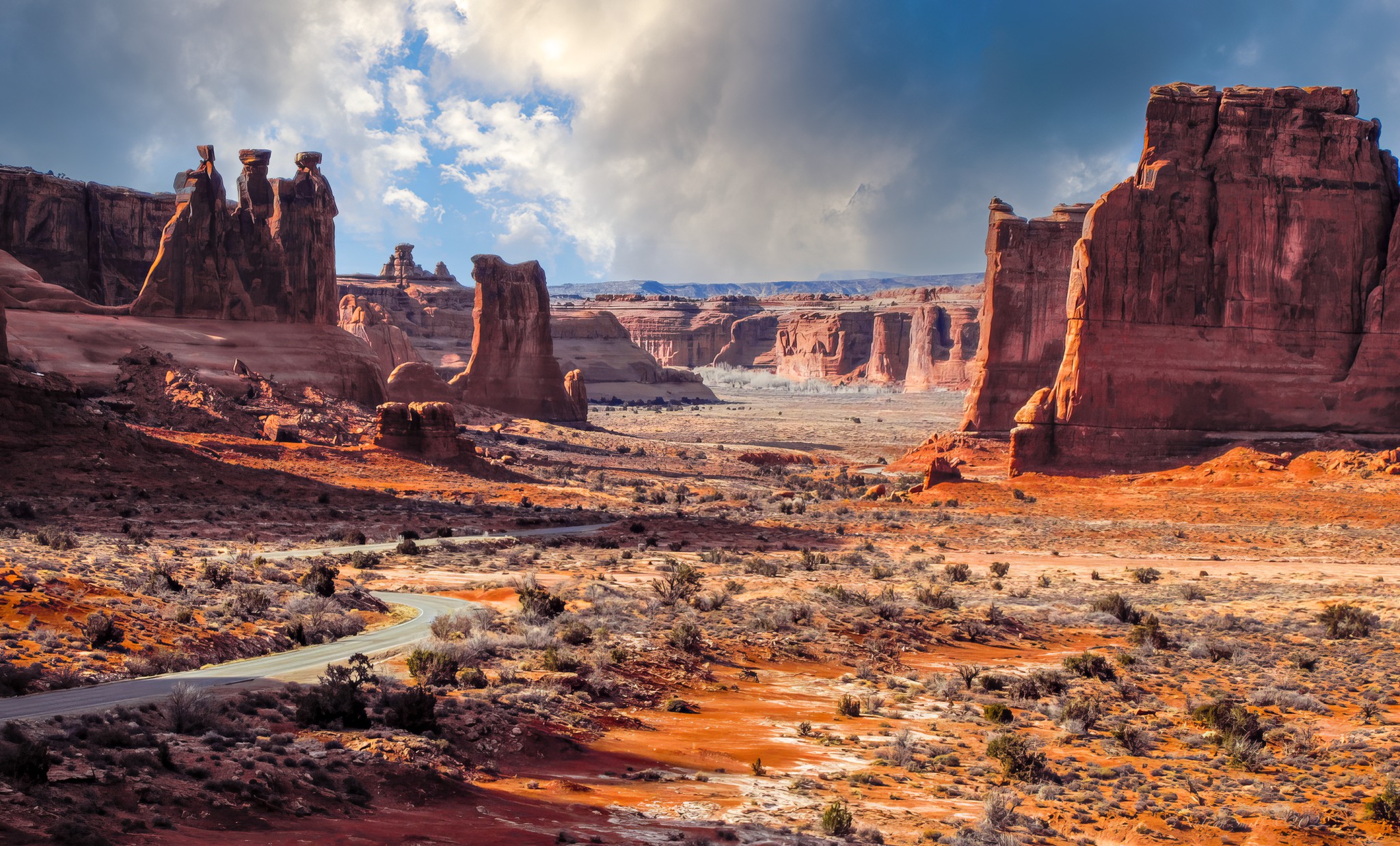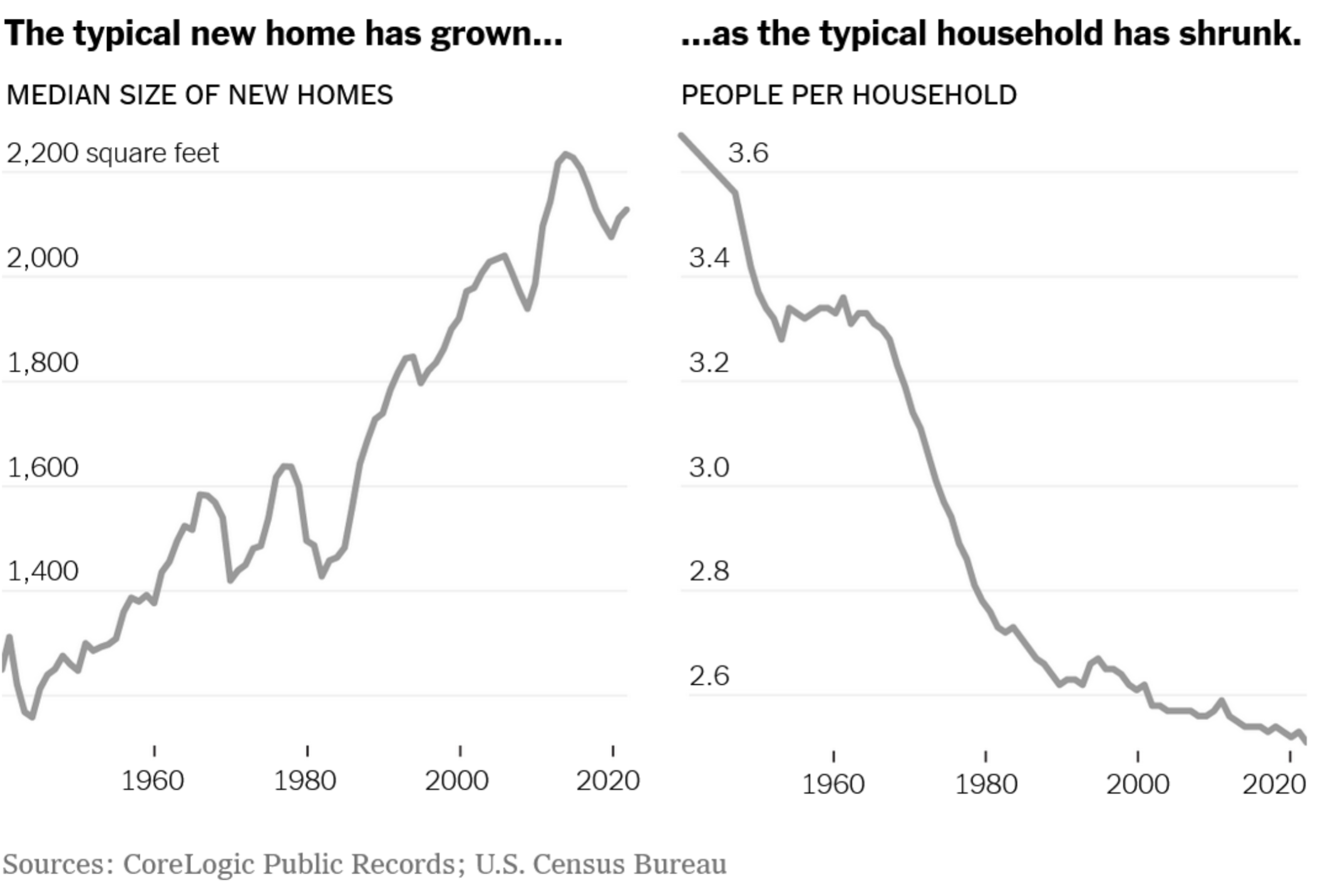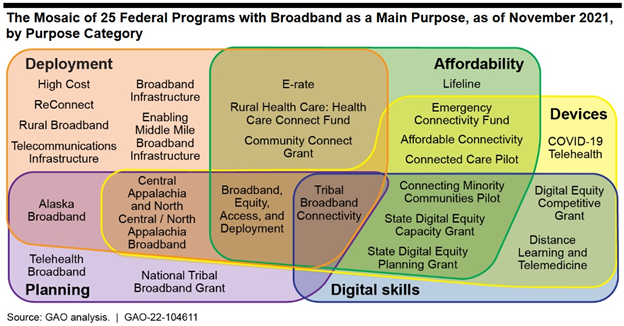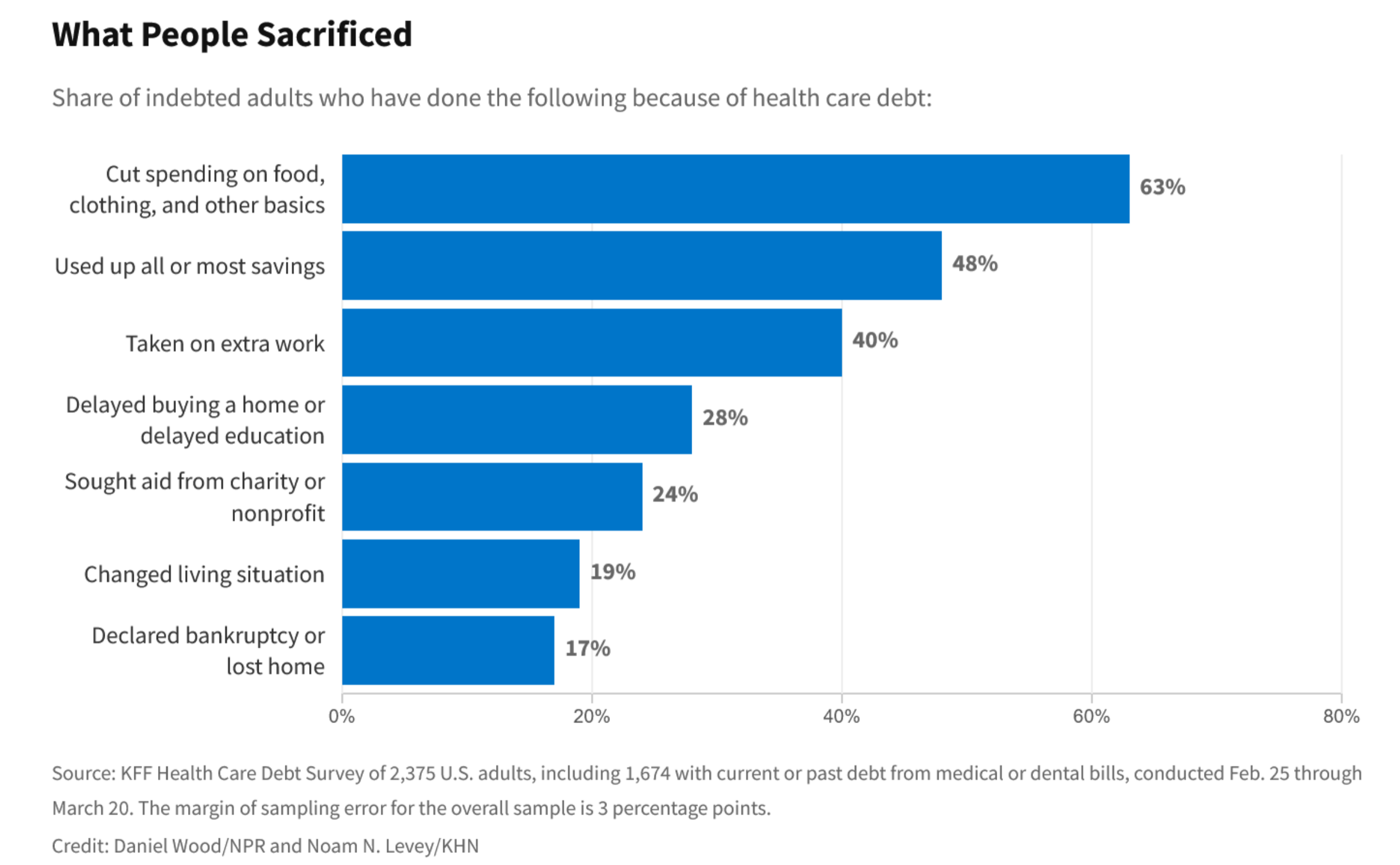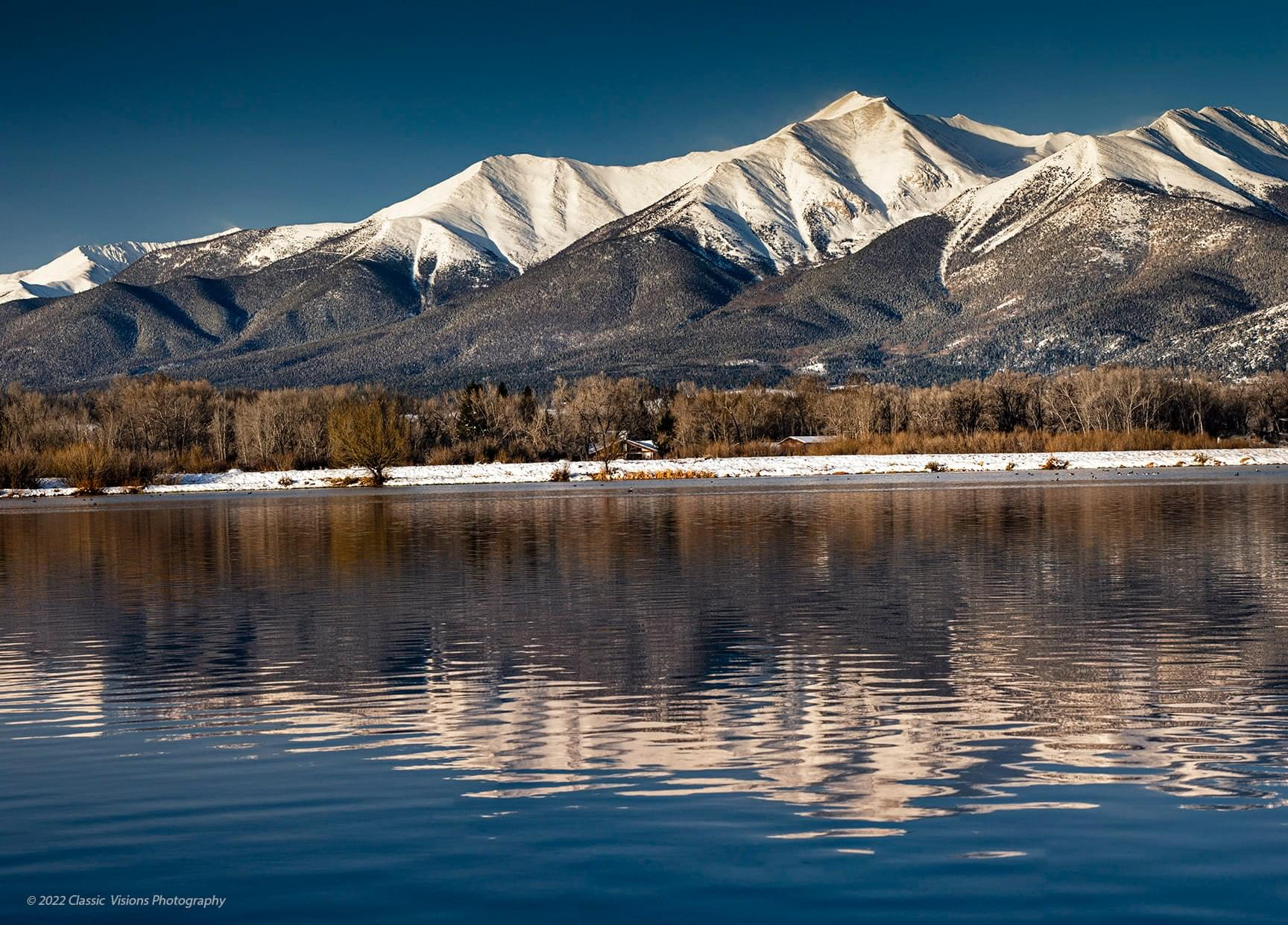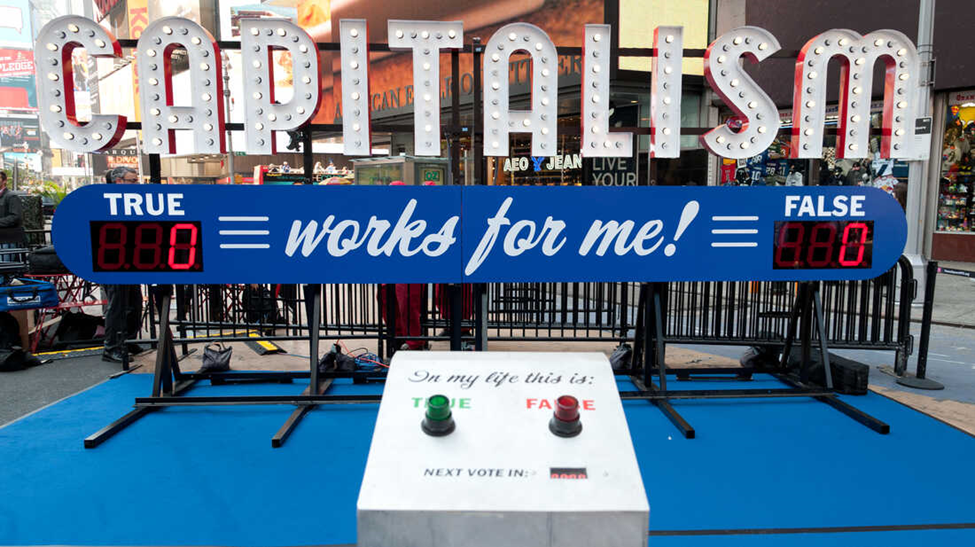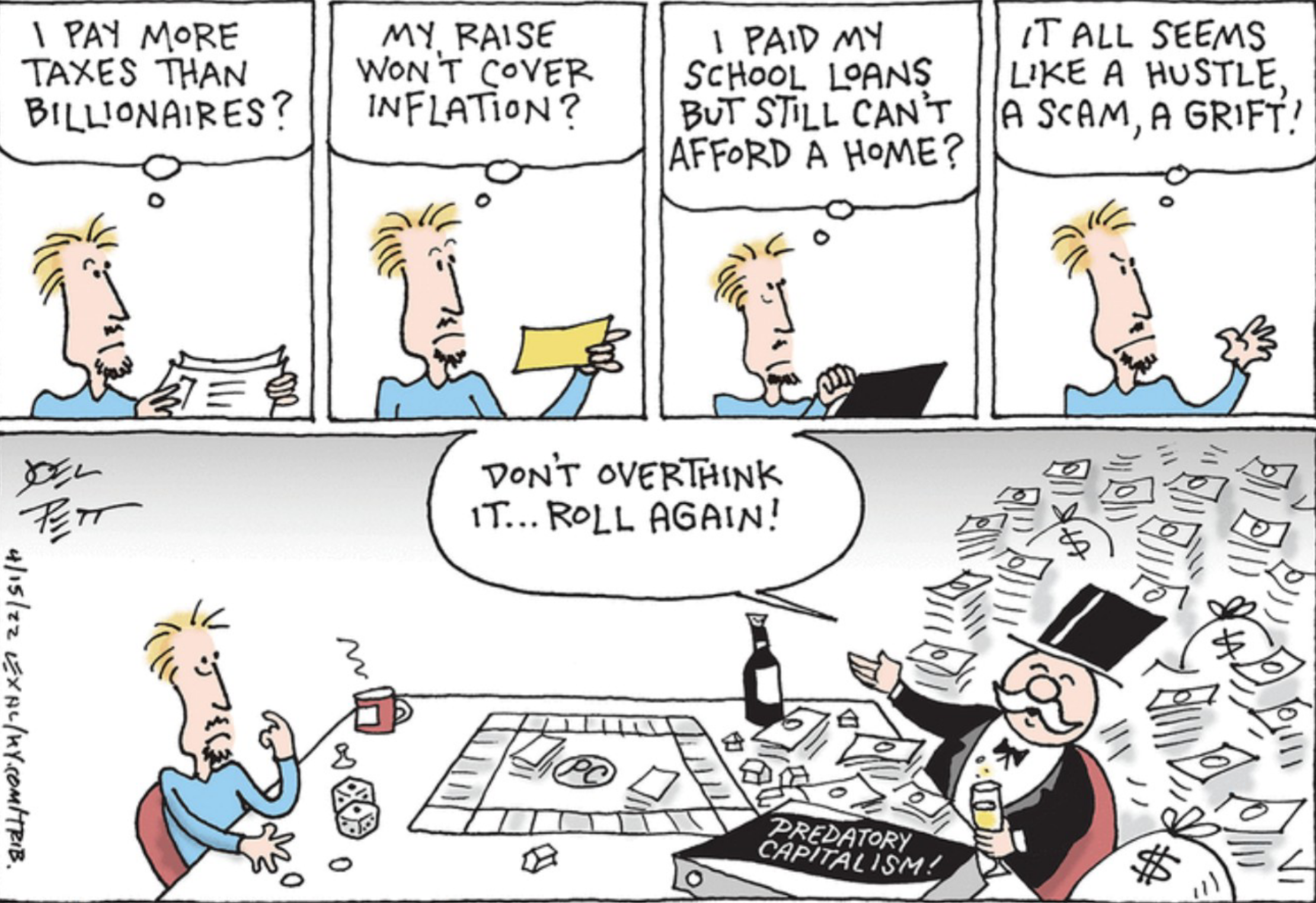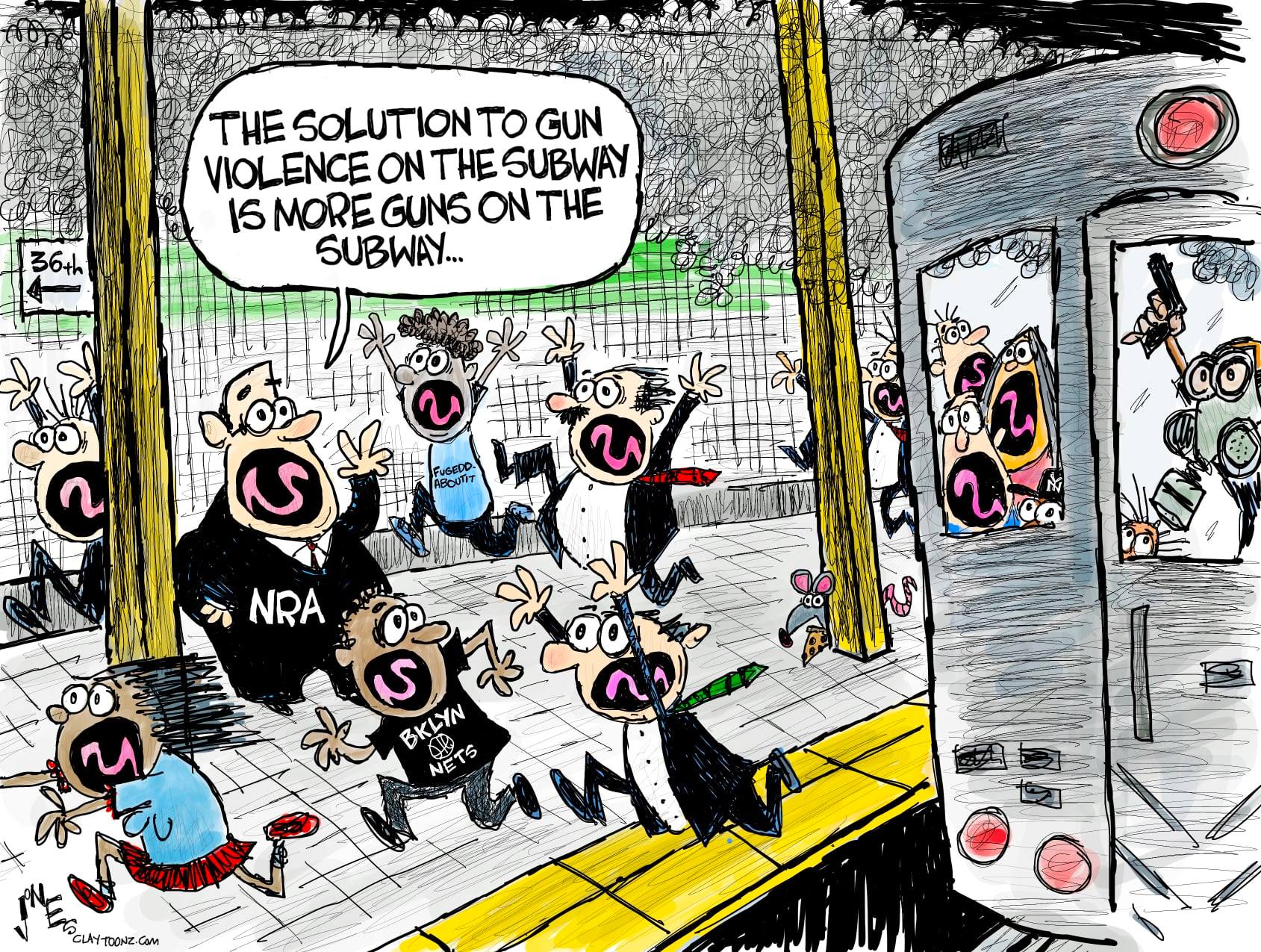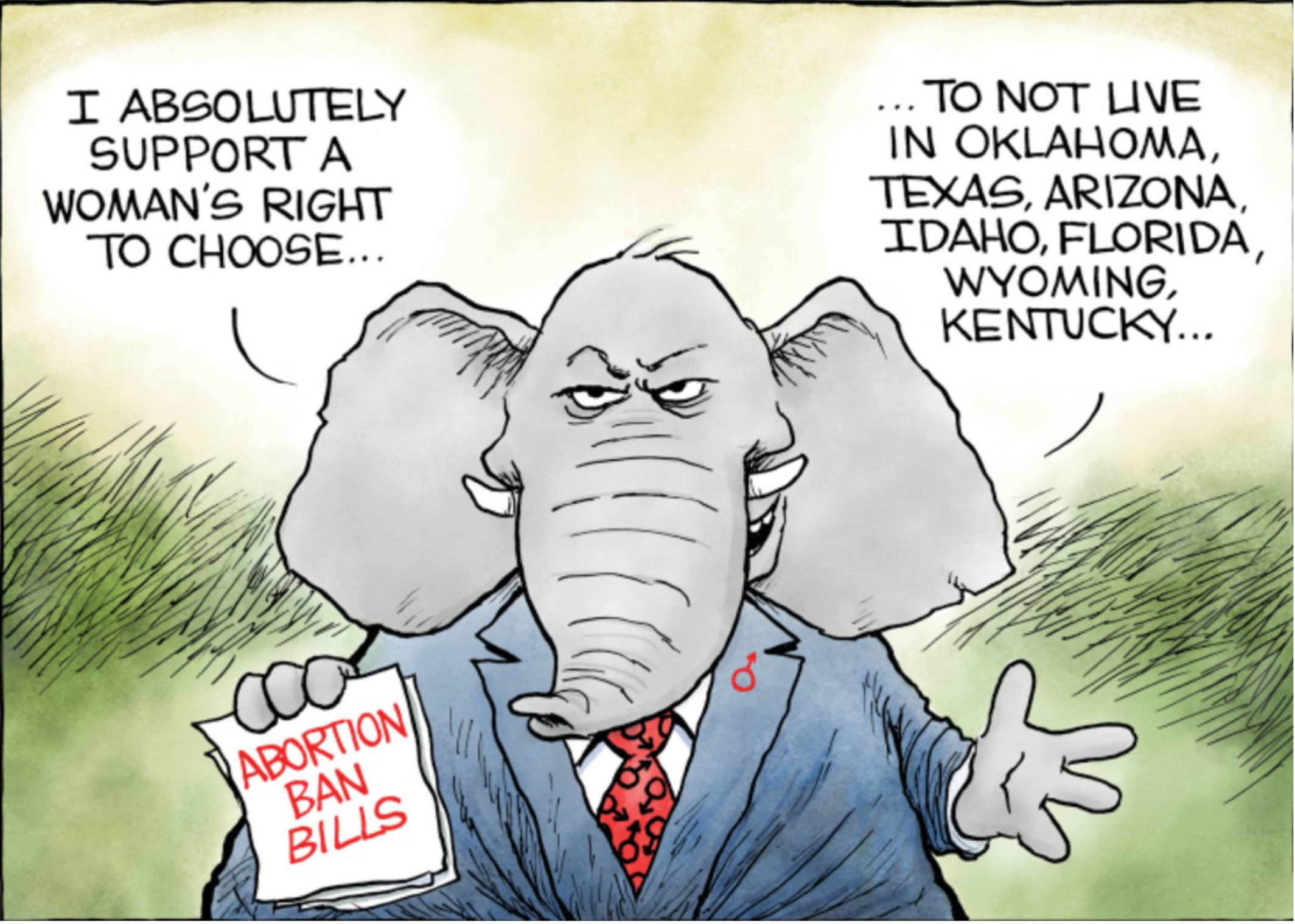The Daily Escape:

Snake River, Grand Teton NP, WY – October 2022 photo by Hilary Bralove
Yesterday, Wrongo said that the Dems should add a focus on inflation and the economy to their closing argument when asking voters to keep them in power. Here’s a suggestion of what that argument might look like from David Doney (@David_Charts on Twitter). Doney draws his stats from the Federal Reserve Economic Data (known as FRED) and the Congressional Budget Office (CBO). Below is an extract from his Twitter feed:
Jobs: More Americans are working than at any time in history: 153 million. The economy now has 500k more jobs than it did before the pandemic. The unemployment rate is 3.5%, the lowest since 1969. With more people working there’s more spending.
Wealth: The bottom half of US households have an average real net worth of $67,200, the highest ever. Under Trump, it was just $34,648. (While Trump gave tax cuts to the wealthy. Biden gave them to the middle and lower class.) Even those in the 50th to 90th percentile are doing better under Biden: average real net worth is now $747,010 vs. $699,530 under Trump. It’s important to remember that these are averages not median net worth numbers, which are lower. Median net worth in the US is $121,700, up 17.6 % from 2016.
Income: Real wages are higher than before the pandemic. Despite what some pundits say, they have outpaced inflation. From February 2020 to last month, wages for production and non-supervisory workers have risen 15.6%, while the Consumer Price Index (CPI) has risen 14.6%. So Americans’ purchasing power is greater today than it was in 2019.
The deficit: Our annual federal budget deficit is 50% lower than it was last year. It was $2.8 trillion in fiscal year 2021 and is $1.4 trillion this year, according to CBO estimates. Government income is up and government spending is down: Revenues are $850 billion (or 21%) higher and spending is $548 billion (or 8%) lower.
This continues the historical pattern of Democratic administrations being more fiscally responsible than Republicans. Yet the GOP’s closing argument includes screaming about Democratic spending which they say caused inflation. They are trying to convince Americans who either don’t read or bother to check facts that it’s the Democrats who spend like crazy. The opposite is true.
The economy: The Gross Domestic Product (GDP) hit an all-time high of $20 trillion in the fourth quarter of 2021, and currently is $19.9 trillion (for the second quarter of this year). The Atlanta Fed thinks GDP will grow 2.8% in the third quarter. So no recession just yet. In fact, Doney reports that the six key indicators that the National Bureau of Economic Research (NBER) uses to decide if we’re in a recession were all up from June to September.
Health insurance: Biden revived the Obamacare signup campaigns and advertising that Trump had eliminated. And now 92% of Americans (and more than 98% of kids) have health insurance, an all-time high. Before Obamacare, close to 18% of Americans had no health insurance.
There’s no doubt that many Americans are worried about the high prices at the grocery store and at the gas pump. But one reason inflation has increased is because people have more money in their pockets. Americans have $4 trillion more in their bank accounts than they did before the pandemic. So they’re working, earning money, and spending it.
The other factor driving inflation is the consolidation of companies into just a handful of major corporations, and the ability of those corporations to jack up prices. Corporate profits are at a 70-year high, yet American corporations are still raising prices. They’re doing so because there’s so little competition.
Republicans in Congress won’t stop corporate price gouging. And we know the GOP will blame Dems for high federal spending (which, as said above, is down 8% so far vs. last year). But the GOP won’t let the facts get in the way of their bad policies. They’ll use this manufactured crisis, along with refusing to raise the debt ceiling, to try to force Democrats to support cuts to Social Security, Medicare, and other social safety net programs.
As blog reader T. Grosso commented yesterday: (Brackets by Wrongo)
“It is such a good question to ask what the Republicans will do if they gain control. We obviously know the answer. They will block anything and everything that might help people so they can blame Biden for [it in] 2024.”
The Democrats’ closing argument needs to include a strong, populist message. They should be saying that Democrats believe people must come before profits. Dan Pfeiffer reports:
“The folks at Data for Progress tested a series of messages on inflation and found that emphasizing corporate greed was an effective pushback on concerns about inflation.”
OTOH, the inflation and economic message must be carefully crafted. It could backfire with some who have missed the current jobs market and are struggling to pay their bills.
Democrats should acknowledge the pain caused by high prices while pointing out that a strong economy and the Party’s fiscal responsibility are helping many people cope with higher prices today and will help to reduce inflation in the near future.

